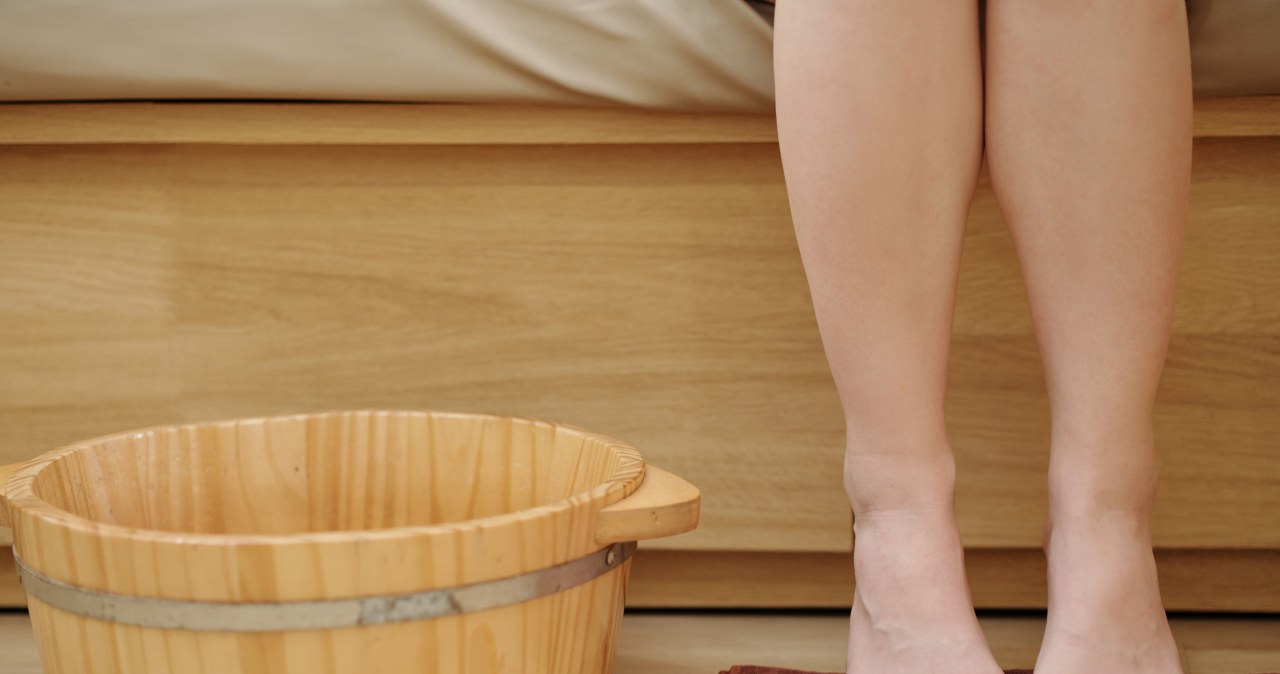Znowu nie nadążam, znowu mi się nazbierało i znowu będzie notka zbiorowa 🙂
Zacznijmy od rozgrzewki – niezwykle ciężki i spory, jak na talerz obiadowy (27 cm średnicy) reprezentant Transferware Ironstone.
Dekor o nazwie „Percy” i tyle, nie wiadomo, która manufaktura go wyprodukowała.
Poszukiwania podobnych w necie nie pomogły, odnalazłam co prawda talerze z tym wzorem w różnych odcieniach niebieskiego aż po zielony, mulberry i czarny, cytuję szczegółowy opis przy brązowym:
„19th C Flow Brown Transferware Ironstone Mulberry Plate PERCY Pattern Pagoda Early Victorian English Welcome to our royalbert auction and adorable transferware etc store for a beautiful dark flowing brown transfer decorated 9.5” twelve sided early English ironstone plate in the PERCY pattern , a lovely Pagoda on pavillion above water, with prayer tower minarets in background at center Late Romantic Early Victorian transitional Scenic design, with ornate floral and ribbon garlanded outer border, blossom or leafy vine garland wreath at inner border! So decorative, with design even showing three floral and leaf vignettes to plate under side! This plate is even pretty when turned upside down! Signed in print at under side, as pictured, with no maker’s name, only pattern name surrounded by more floral and leaf embelishment. This signature dates manufacture of this plate to between 1853 and 1870. We call this plate „Mulberry Ware” in the old way. It is NOT purple, it is deep flowing brown, the color of dried mulberry juice, once used for a natural dye. This form of transfer was adopted by many Staffordshire District makers of flow blue, and was popular only for a brief time ending around the Civil War era in the US. This is a lovely example of that period’s English Flow Brown Ironstone product!Condition: USED original antique, excellent to Near Mint, with the following comment: This plate is clean, exhibits characteristics of early manufacture, such as three three point potter’s marks at under side, as well as three potter’s marks in white part of face and three at dark outer rim area, little mistakes to transfer of placement, skips, strays and extras, tiny pits and „bumps” to texture. Light and minimal utensil scratches from careful use over the years, no cracks, chips, discoloration or repair. A remarkable, exceptionally displaying antique work of ceramic art for wall, cabinet, suited for use even today at table! Most decorative, desired and hard to find Romantic Period design!”
https://www.worthpoint.com/worthopedia/19th-c-flow-brown-transferware-ironstone-mulberry
Mój talerz także posiada te typowe dla wcześniejszych produkcji odciśnięte ślady podpórek przy wypalaniu. interesująca wydaje mi się próba datowania ze względu na kształt/wygląd znakowania, więc ok, pozostańmy przy latach 1853-70.
Oto inne wyniki poszukiwań:
https://www.ebay.com/itm/224097626677
https://www.ebay.com/itm/185517156094
https://www.worthpoint.com/worthopedia/alcock-ironstone-black-transfer-1736972725 tu powiązanie z S. Alcockiem, ale chyba na wyrost…
https://www.worthpoint.com/worthopedia/antique-early-black-mulberry-417310472
https://www.etsy.com/listing/1303112343/vintage-flow-blue-transferware-percy
https://www.etsy.com/dk-en/listing/1005811472/antique-flow-blue-bluish-green-percy
https://www.liveauctioneers.com/price-result/antique-flow-blue-rare-percy-dinnerware-lot
—————————
Kolejna śliczność od Thomasa Fella i to w podwójnym wydaniu, 2 talerze z identycznym wzorem o nazwie „Bejapore„, różniącym się natężeniem tego „flow” we flow blue 😉
Przypomnijmy skrót historii manufaktury:
„St Peter’s Pottery was built in 1817 by Thomas Bell and Thomas Fell trading as Thomas Fell and Company. The company produced white, sponged, printed and enamelled wares. In 1869 Fell and Company became a limited liability company, subsequently specialising mainly in white and coloured domestic earthenware and a small amount of lustreware. The
last known reference to the firm was in 1891.”
Diament na obu moich talerzach wskazuje dokładnie to samo – 1846r.
Wzór ten wykorzystywały też inne fabryki, m.in G.Phillipsa z Longport.
A teraz wisienka na torcie, creme de la creme, czyli różowy, lustrzany Davenport.
Maciupusia bombonierka na nóżce, zaopatrzona w lekko wypukłe wystajączki, imitujące uchwyty w kształcie kołatki do drzwi.
Idealna para dla dua z identycznym sygnowaniem, z tym samym wzorem DURHAM i jak sądzę, podobnym datowaniem ok 1830.
Pokazywałam je niecały rok temu: https://drzoanna2.wordpress.com/2023/05/12/pink-luster-davenport/
Tak wygląda bombonierusia solo:
A tak w parze z duetem:
Dzięki ogromne, Małgosiu, za pamięć o moich ulubieniach!
więcej w tej kategorii: https://drzoanna.wordpress.com/category/porcelana/















![Uroczyste przyjęcie pierwszaków do społeczności szkolnej w Kłucku [zdjęcia]](https://tkn24.pl/wp-content/uploads/2025/11/Slubowanie-uczniow-klas-pierwszych-Klucko-18.jpg)

